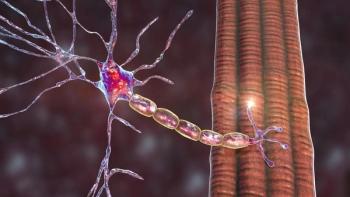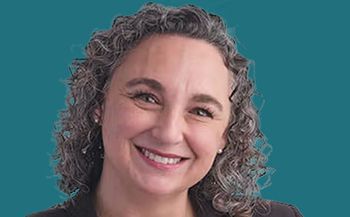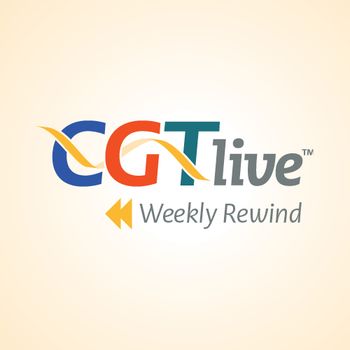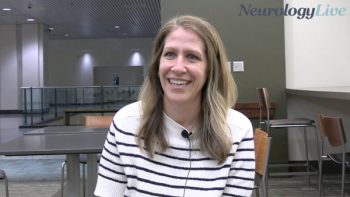
Prerna Mewawalla, MD, on Unmet Needs Following Early-Line CAR T for R/R Multiple Myeloma
The medical director of Apheresis and a hematologist-oncologist in the Division of Hematology and Cellular Therapy at Allegheny Health Network spoke about unmet needs in patients who receive early-line CAR T for R/R MM.
This video originally appeared on our sister site,
“Our current salvage options and sequencing after using early CAR T-cell therapy are not clearly defined. Do we go to bispecific [antibodies] later? Do we go to our traditional regimens after? This truly needs to be defined after early CAR T-cell therapy.”
The
In an interview with CGTLive®'s sister site OncLive®, Prerna Mewawalla, MD, the medical director of Apheresis and a hematologist-oncologist in the Division of Hematology and Cellular Therapy at Allegheny Health Network, as well as an associate professor at the Drexel University College of Medicine, spoke about unmet needs and emergent questions that come up after CAR T therapy is used to treat patients for R/R MM in earlier-line settings.
Mewawalla pointed out that several questions have yet to be addressed regarding further disease management after earlier lines of CAR T-cell therapy in patients with R/R MM. She noted that current salvage options and sequencing strategies after early CAR T-cell therapy remain undefined. She added that questions include whether bispecific antibodies and traditional regimens should be used following early CAR T-cell therapy.
Furthermore, trials are evaluating whether maintenance therapy is required after CAR T-cell therapies, and whether this could affect patients’ chances of achieving durable responses is another currently unanswered question, Mewawalla stated. The scaling up of CAR T-cell therapy access to meet the growing demand is another unmet need, she explained. CAR T-cell therapies are intensive treatments, and infusion center infrastructure may further limit how many patients can receive these treatments, revealing another disparity, particularly for patients who are eligible but live far away from academic centers or transplant sites, she concluded.
Newsletter
Stay at the forefront of cutting-edge science with CGT—your direct line to expert insights, breakthrough data, and real-time coverage of the latest advancements in cell and gene therapy.












































